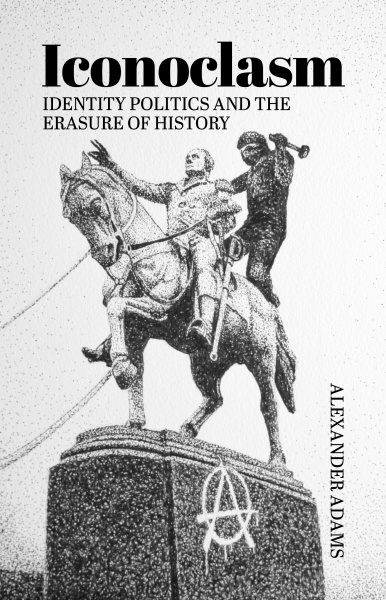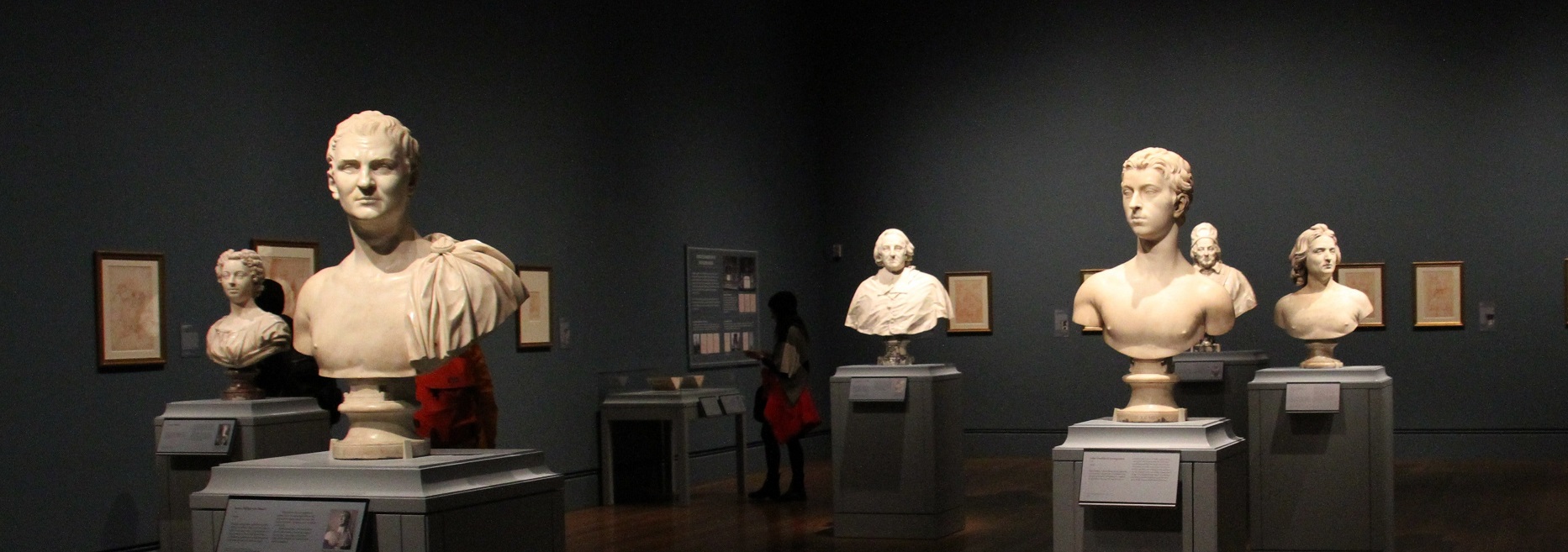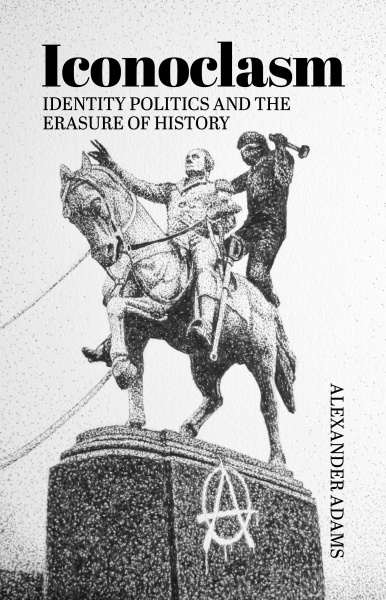Iconoclasm: What it is and how to oppose it by Alexander Adams
by TBG

What is most troubling are not the firebrand race activists but the museum managers and local councillors supporting their demands – in defiance of the majority population.

On 7 June a protest was held in central Bristol in support of Black Lives Matter and “opposing slavery”. This protest developed a mob that attacked, graffitied and toppled a statue of Edward Colston MP. The statue was stamped on in the manner of a fallen dictator. It was rolled into the river, under the gaze of media, council and police representatives, all of whom voiced support for the act of violence against a historical piece of culture.
I realised that I had to write a book explaining why we should retain our historical material regardless of our political and intellectual disagreements with the subjects of monuments.
Iconoclasm, Identity Politics and the Erasure of History (2020, Societas) put that case, decrying the mindless emotionalism used by cynical campaigners to destroy our physical culture.
In my book, I summarised the religious divisions in Byzantium, from which we get the word “iconoclasm”. Following sections described iconoclasm in Egypt, the Reformation, the French, Russian and Spanish revolutions and the post-Communist destruction of statues.
What I had not previously realised was that the George Floyd riots in the US and UK were actually an extension of the 2015 wave of attacks on Confederate statuary and Islamist attacks on Christian sites in Europe. What happened in 2020 was essentially the latest stage in a continuing campaign of attrition on tradition.
What is most troubling are not the firebrand race activists but the museum managers and local councillors supporting their demands – in defiance of the majority population. The middle-class cosmopolitan, anti-patriotic, socially liberal, politically leftist management cadre sees the working-class traditionalist, patriotic, conservative body of the population as its enemy.
In venerating national heroes such as Queen Victoria, Winston Churchill and others, the working class is demonstrating rejection of the politically dominant middle-class project of multiculturalism, which is presented as wholly beneficial and undoubtedly inevitable. Depriving the working class of symbols of tradition, historical pride and social cohesion – most notably in the form of statues, monuments and place names – is thus not just acceptable for cosmopolitan liberals who head institutions, it is a cause.
Since the 1960s, history taught in schools has debunked the Great Man approach to history, instead Presenting Marxist analyses of consumption and social dynamics. Now, entrenched at every level of authority, leftists can facilitate activists in the destruction of symbolic targets: statues.
The book examines the history of motivations of radicals and how the war on history is an arm of progressivism and globalism. It sets out reasons to oppose iconoclasm and suggests some means of opposing it. I believe supporters of Traditional Britain will find it a useful source of information and argumentation to oppose attacks on our history.
Alexander Adams is a British artist, poet and author of Iconoclasm, Identity Politics and the
Erasure of History (Societas, 2020).
Publisher: ImprintAcademic
Amazon UK
